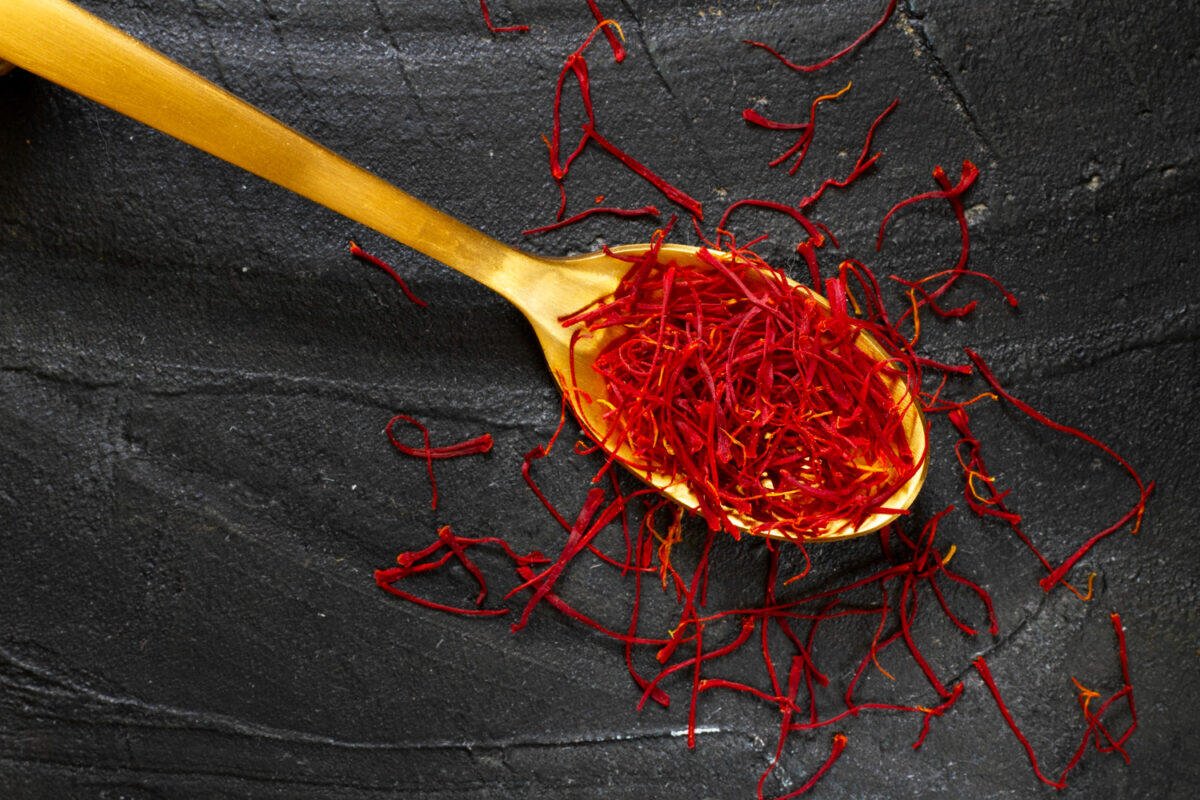saffron
10 Wild Facts About Persian Saffron That Aren’t Actually True
With its mysterious and vibrant background, Persian saffron comes with a variety of interesting facts – some true, some totally false! From stitching folklore to remarkable harvesting techniques and more, you’ll be surprised at the number of outrageous stuff people say about this spice. So in this blog post, let’s talk about 10 commonly-believed facts about saffron that are totally untrue.
Saffron Is Too Expensive To Use Regularly
While saffron is certainly more expensive than other spices, it is still possible to use it on a regular basis. A little saffron goes a long way, so you only need to use a small amount in order to get the full flavor. Additionally, many recipes only call for a small amount of saffron, so you can stretch your supply by using it sparingly.
Saffron Is Only Used In Indian And Middle Eastern Cuisine
Saffron actually has a long history of being used in European cuisine as well. In fact, saffron was once so popular in Europe that it was even used as a currency. These days, you can find saffron being used in dishes from all over the world, not just India and the Middle East.
Saffron Is Difficult To Cook With
Saffron is actually very easy to work with, as long as you know a few basic tips. First, make sure to only use a small amount of saffron, as too much can make your dish taste bitter. Second, be sure to soak the saffron in water for at least 15 minutes before adding it to your dish. This will help release the flavor and color of the saffron into your dish.
Saffron Always Turns Food Yellow
Saffron does not always turn food yellow. In fact, depending on how much saffron you use, your food may not change color at all. If you want your food to be tinted yellow, however, simply add a bit more saffron until you achieve the desired color.
Saffron Has No Flavor
Saffron actually has a very distinct flavor that is often described as being earthy or floral. While some people may not enjoy this flavor, others find it to be very pleasant and aromatic. If you are unsure whether or not you will like the flavor of saffron, start by using a small amount and then increase the amount until you find the perfect balance for your taste buds.
Saffron Is Only Used In Savory Dishes
While Persian saffron is most commonly used in savory dishes, it can also be used in sweet dishes as well. For example, saffron-infused desserts are very popular in India and Pakistan. If you want to try using saffron in a sweet dish, start by adding it to cakes or cookies for a unique flavor that will surprise your taste buds.
All Saffron Is Created Equal
Not all saffron is created equal! The quality of saffron can vary greatly depending on where it was grown and how it was processed. When purchasing saffron look for brands that offer high-quality products sourced from reputable growers. This will ensure that you are getting the best possible product for your money. be sure to check reviews from other customers before making your purchase.
You Can Substitute Other Spices For Saffron
While other spices may have similar flavors, they will not provide the same color or aroma as true saffron. If you want to experiment with other flavors, consider using turmeric, paprika, or cumin instead. However, keep in mind that these substitutes will not give your dish the same golden hue that genuine saffron could.
Saffron Is Always Dried Before Being Sold
While most commercially available saffron is actually already dried, some products may still contain some moisture. If your recipe calls for fresh saffron, be sure to look for products that are labeled “fresh” or “moist”. You may also find fresh saffron at specialty stores or online retailers.
All Saffron Comes From Iran
Although Iran is currently the largest producer of saffron, this does not mean all of it came from there. In fact, saffron was first cultivated in Greece, and later spread to Spain, Morocco, and other parts of Europe and Asia. Today, saffron is grown in many different countries around the world.
The Bottom Line
In conclusion, it’s evident that Persian saffron has had many myths and misconceptions associated with it for centuries. By doing your research, you’ll be able to determine what’s true and what isn’t. So read the article above to debunk some of the myths you might believe about saffron.

